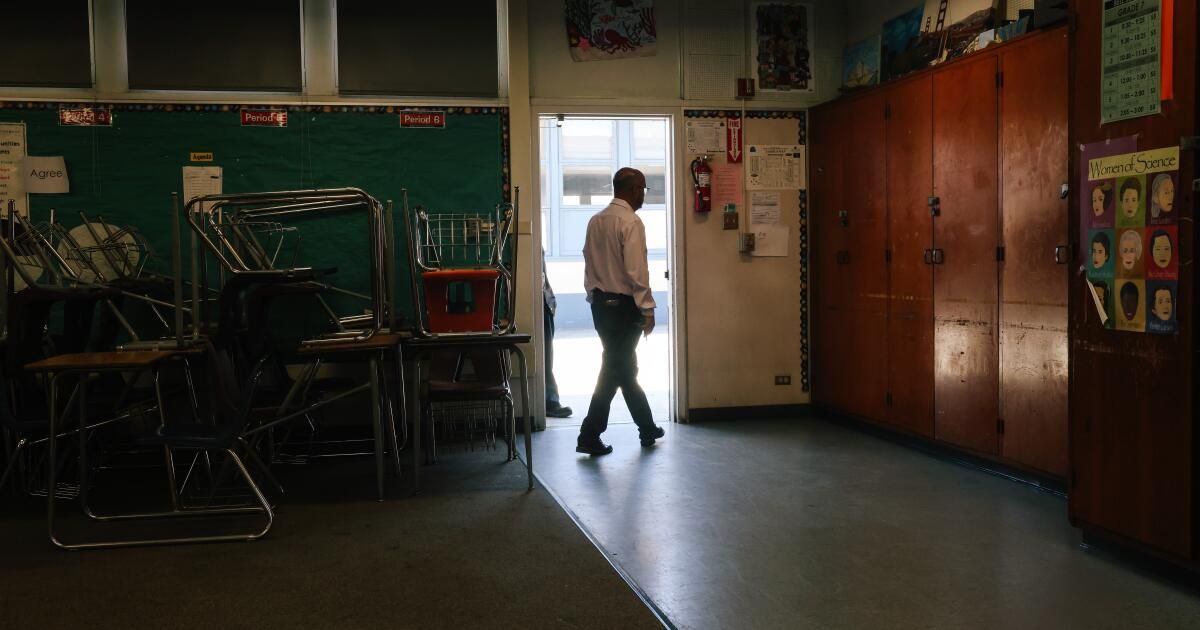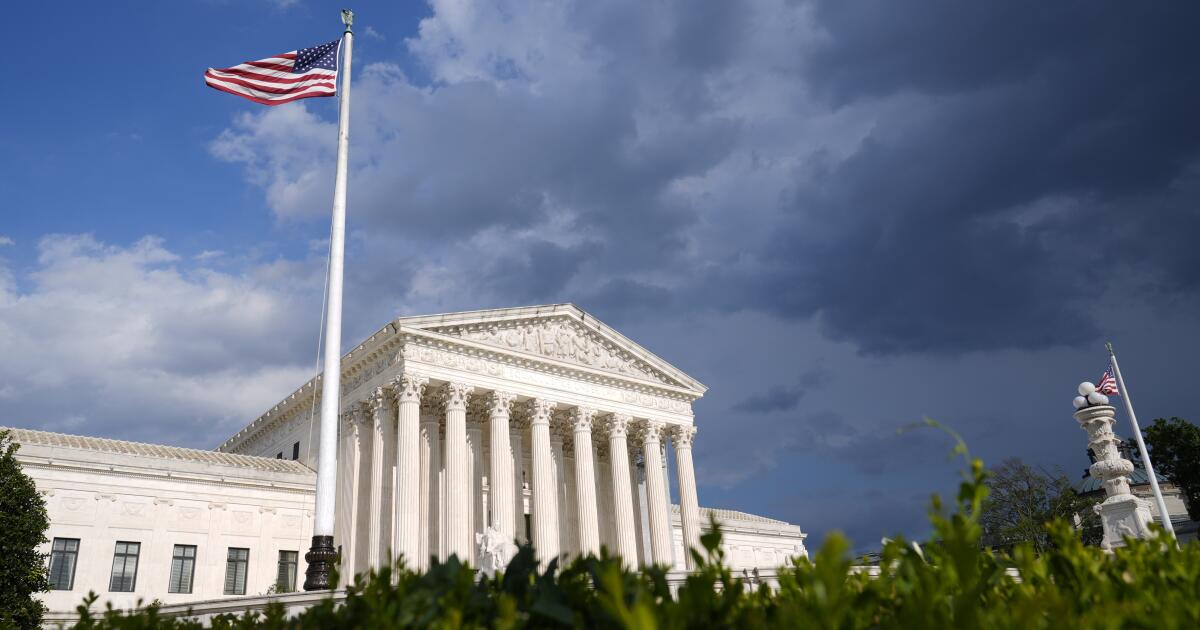Thousands of California schools are in disrepair, awaiting critical improvements to classrooms, roofs, plumbing and air conditioning systems. But the state fund for school repairs is running out of money.
Proposition 2 on the Nov. 5 ballot would authorize the state to issue a $10 billion bond to modernize, renovate and repair public schools as well as community college campuses. Of the money, $8.5 billion would go to TK-12 schools, while community colleges would receive $1.5 billion.
Voters should support this well-crafted measure to invest in California schools. It would modernize classrooms and campuses, many of which have been so long without improvements or repairs that they could charitably be considered abandoned, if not dilapidated.
Children deserve a safe and healthy learning environment and California voters, who four years ago rejected Proposition 13, a much-needed $15 billion school facilities bond, owe it to current and future generations of California students to say yes this time. Unlike other states, California does not have a dedicated source of funding for school repairs and must periodically ask voters to replenish the coffers with bond measures.
The last school bond approved by voters was in 2016, and the $9 billion it provided has already been spent or claimed. There is a growing backlog of more than $3 billion in school projects currently awaiting funding, about half of which are in the Los Angeles area.
It's unclear why voters rejected Proposition 13 in 2020, but Proposition 2 does not include the same provisions on raising local bond limits that raised concerns about higher property taxes or a funding formula that stoked opposition. of some school districts.
Although most of the Proposition 2 money is earmarked for renovations and improvements, some will also go toward new construction, including replacing dilapidated buildings on existing campuses. To receive state bond funds, districts have to come up with their own money, often through local bonds, and apply for matching funds from the state. But it's done on a sliding scale that provides greater matching to small or low-income districts that can't generate as much money in local bonds.
Proposition 2 wisely allows matching funds for climate-friendly projects, such as schoolyard greening projects to remove asphalt, increase shade, and keep students safe from the heat. Dedicates more than $100 million to removing lead from drinking water.
The bond includes money for career technical education centers and charter schools, and provides additional funds to build or renovate classrooms that will be used for transitional kindergarten, an important investment as the state gradually expands traditional knowledge to make it available to all 4-year-old children.
There is no doubt about the need and demand for these projects. Between the existing backlog and the roughly $1.5 billion in requests submitted to the state each year, proponents expect most of the Proposition 2 money to be claimed by 2028.
The Los Angeles Unified School District, which put its own $9 billion bond on the Nov. 5 ballot, is one of more than 260 school and community college districts that are asking voters to approve bonds that would will help access state money under Proposition 2. LAUSD expects to receive about $700 million.
Opponents include Assemblyman Bill Essayli (R-Corona) and former San Diego City Councilman Carl DeMaio, a Republican currently running for Assembly. The Howard Jarvis Taxpayers Association. maintains that although the money is returned through the state's general fund, it will indirectly lead to increases in local property taxes as school districts place their own bonds on the ballot to secure matching funds from the state .
But it has much broader and bipartisan support. Proposition 2 is supported by the California Democratic and Republican parties and the California Teachers Association, the California Building Industry Association. and the Coalition for Adequate School Housing.
That's not surprising. It's a cleaner, leaner, and better bond proposal in every way than the one on the March 2020 primary ballot. It will help put California schools on the right path, and voters should approve it.











